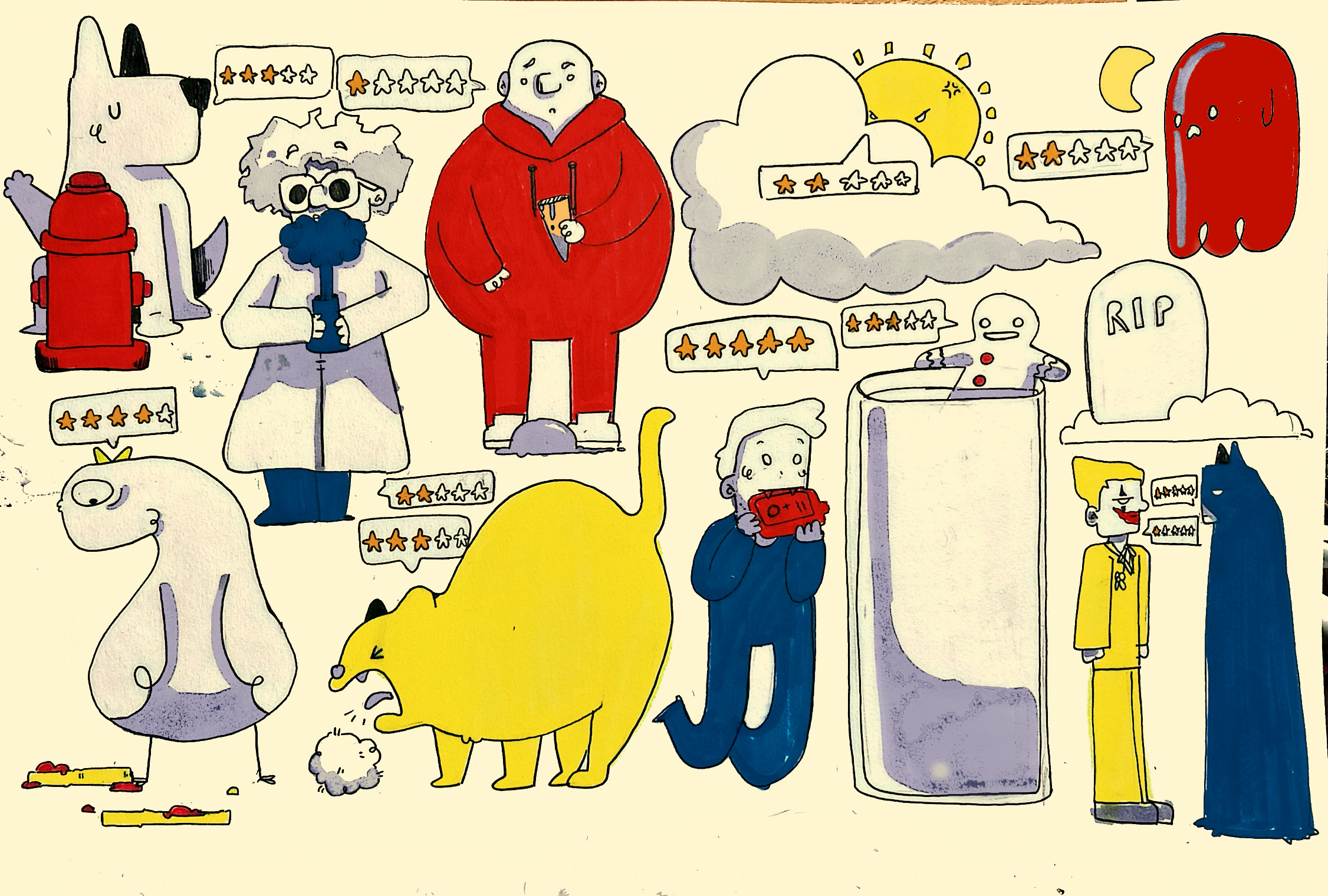
What’s fascinating isn’t just that we’re reviewing everything—it’s how we’re reviewing everything. People are bringing film critic energy to corner store encounters and food critic gravitas to vending machine selections. There’s something delightfully absurd about approaching the ordinary with extraordinary analytical vigor.
Perhaps the beauty of low-stakes reviews lies in their very unnecessaryness. In a world obsessed with productivity and purpose, there’s something rebelliously joyful about crafting the perfect review of a particularly mediocre pencil sharpener or documenting the subtle variations in different types of lobby furniture.
There’s something distinctly human about our need to turn our experiences into a story worth critiquing. These days, we’ve elevated that impulse into everyday art – from writing think pieces about our building’s elevator ambiance to psychoanalyzing the personality arcs of neighborhood pigeons, we’ve all become connoisseurs of the mundane.
But here’s what’s interesting: these low-stakes reviews aren’t just about sharing opinions. When someone writes a detailed breakdown of their local laundromat’s playlist choices, complete with speculation about the emotional journey the owner must have been on while curating it, they’re doing something more nuanced. They’re documenting their existence in that space, their thoughts and their momentary connection with others who might share that same daily soundtrack.
Nobody needs a 500-word analysis of different paper towel textures, yet someone out there is writing it, probably with the same intensity film critics reserve for Oscar contenders. There’s something wonderfully defiant about treating the mundane with such reverence.
It isn’t just that we’re all critics now, but this shift reflects a deeper change in how we process our experiences. Social media has made everyone a critic, democratizing “art criticism” to even the most trivial items and experiences. These reviews become tiny time capsules of our thoughts, observations and brief connections with the spaces and things we encounter. To critique something isn’t to tear it apart – it’s to engage with it seriously enough to have thoughts worth sharing. It’s saying, “I gave this my attention, my time and here’s what emerged from that interaction.” Sometimes those thoughts are profound, sometimes they’re ridiculous, but they’re always uniquely ours.
Maybe that’s why we’re all critics now. In a world where experiences often feel mass-produced, our individual takes on them – however unnecessary – become small acts of personalization. Each review, whether it’s of an Oscar-nominated film or the semantic choices in a morning coffee order, is a tiny assertion of our presence in the world.
So if you ever feel compelled to write a detailed analysis of your local convenience store’s chip aisle organization system, go for it. You’re not just sharing an opinion – you’re participating in a subtle form of storytelling, where the story being told is about how we make sense of our daily encounters with the world around us. After all, criticism at its best isn’t about proving how smart or observant we are – it’s about paying attention to our experiences enough to have something to say about them.
